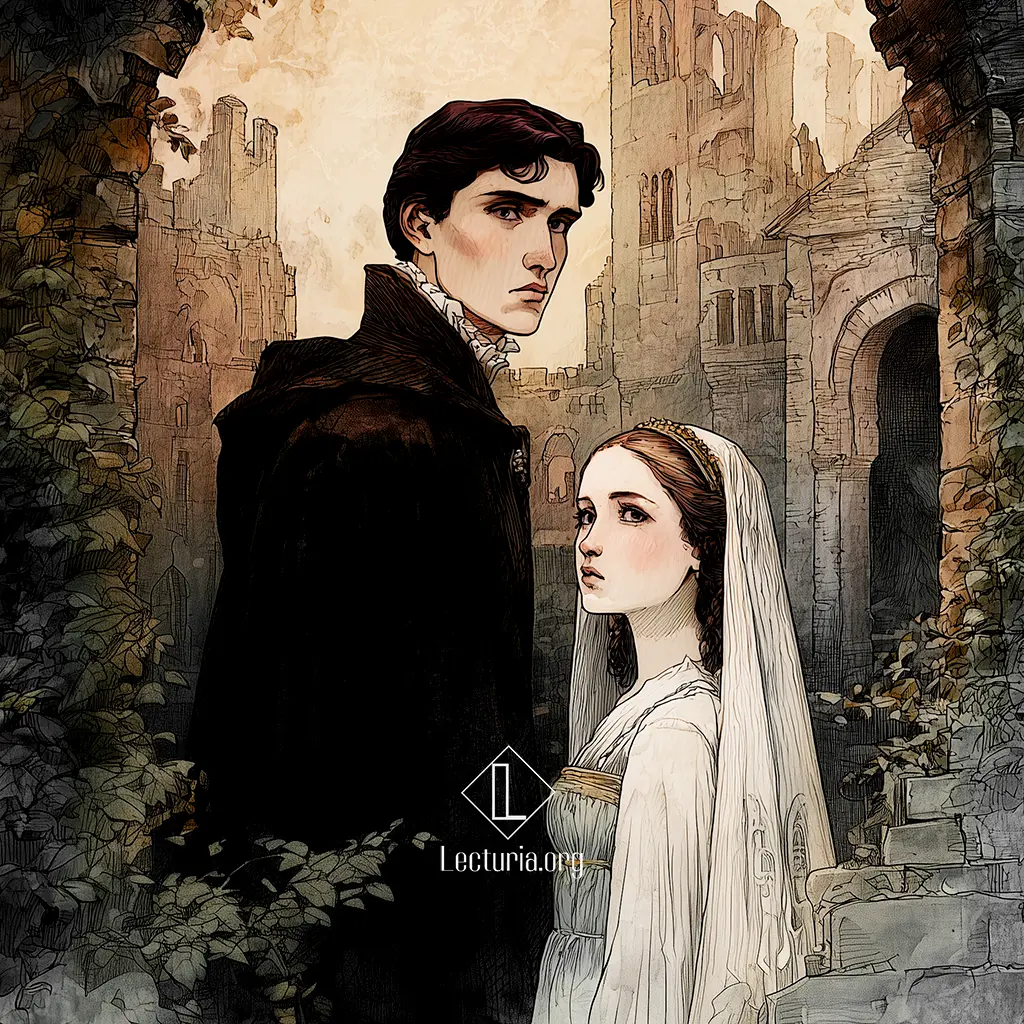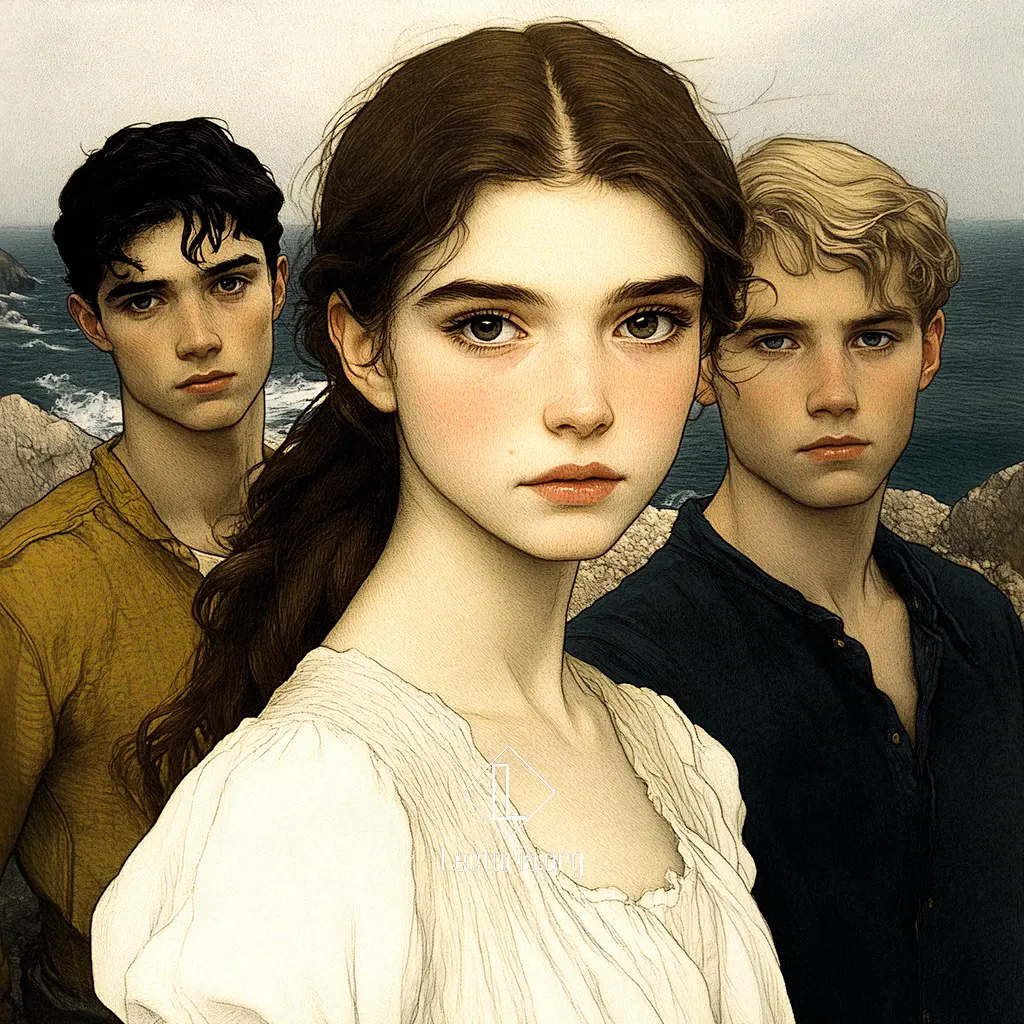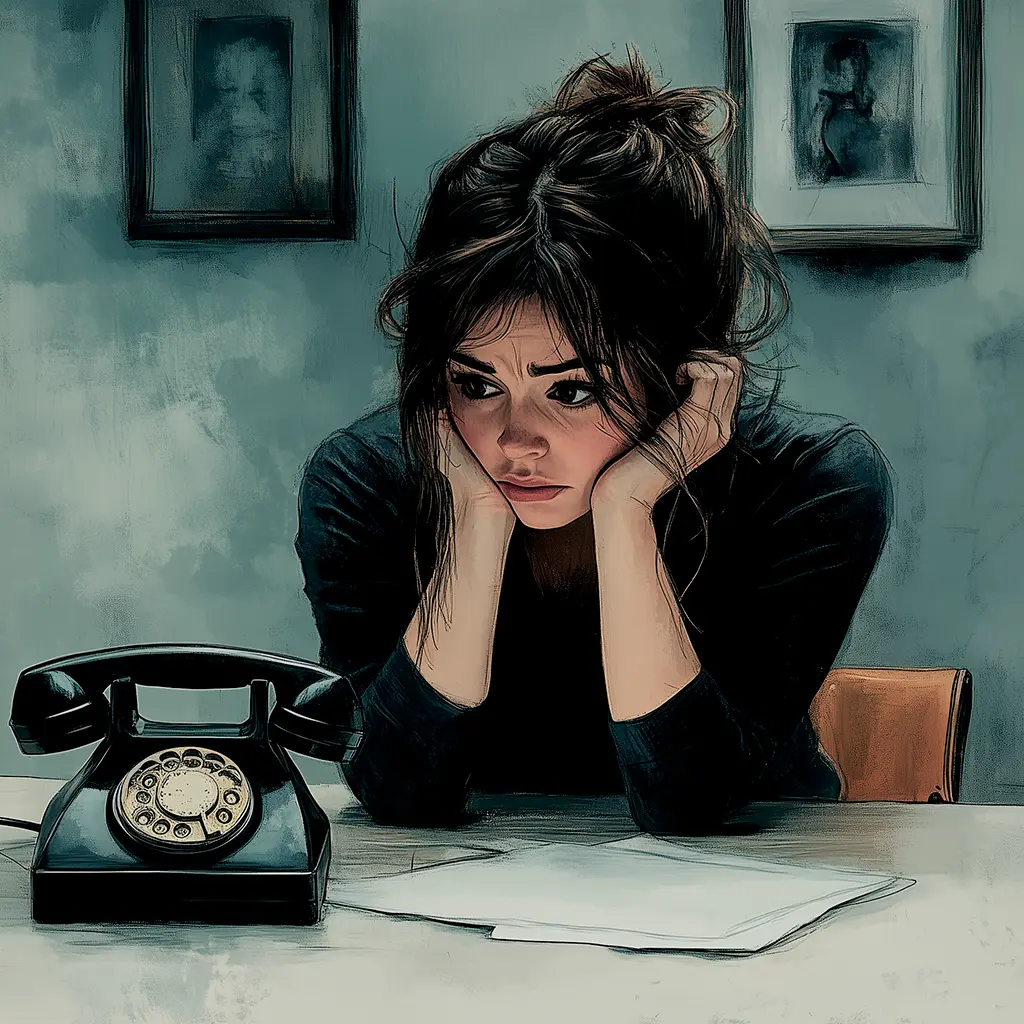Oscar Wilde: The Fisherman and His Soul
“The Fisherman and His Soul” is a short story by Oscar Wilde, published in 1891 in the book A House of Pomegranates. It tells the story of a young fisherman who one day catches a mermaid in his nets. Fascinated by her beauty and enchanting voice, he agrees to set her free on the condition that, whenever he calls her, she will return to sing for him. As time goes by, the fisherman falls deeply in love and becomes willing to make any sacrifice to live with her in the sea — even to give up his own soul.





